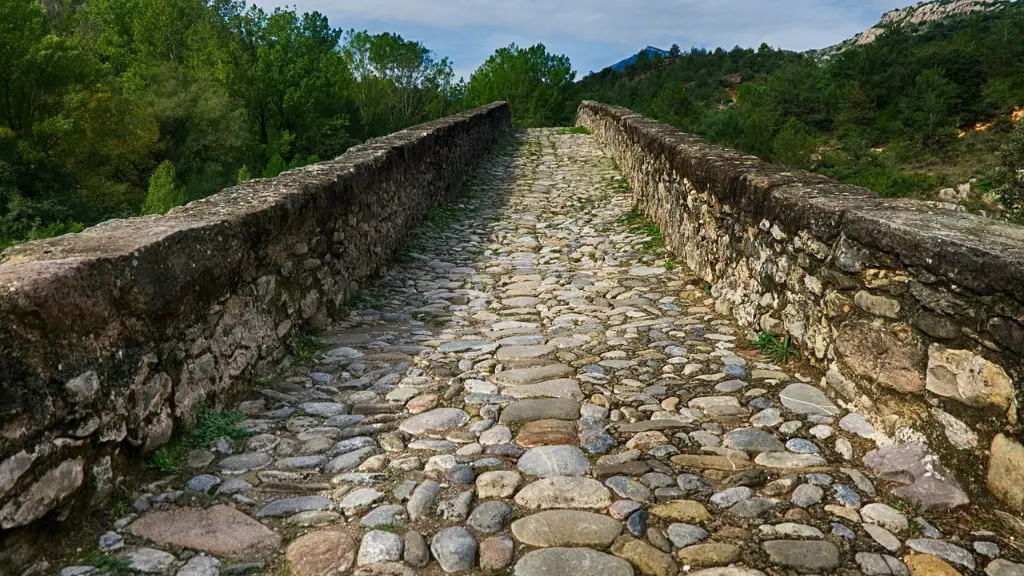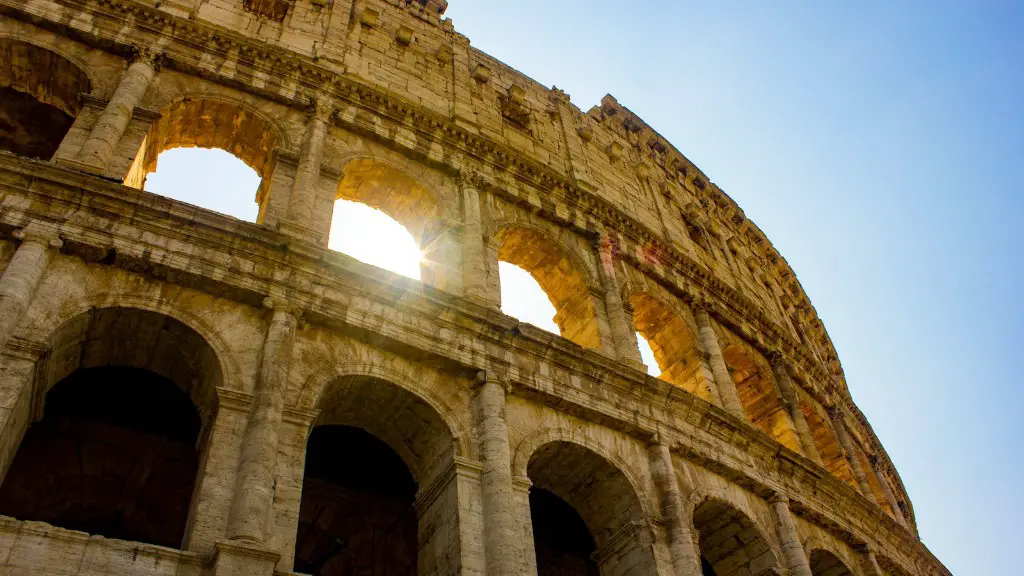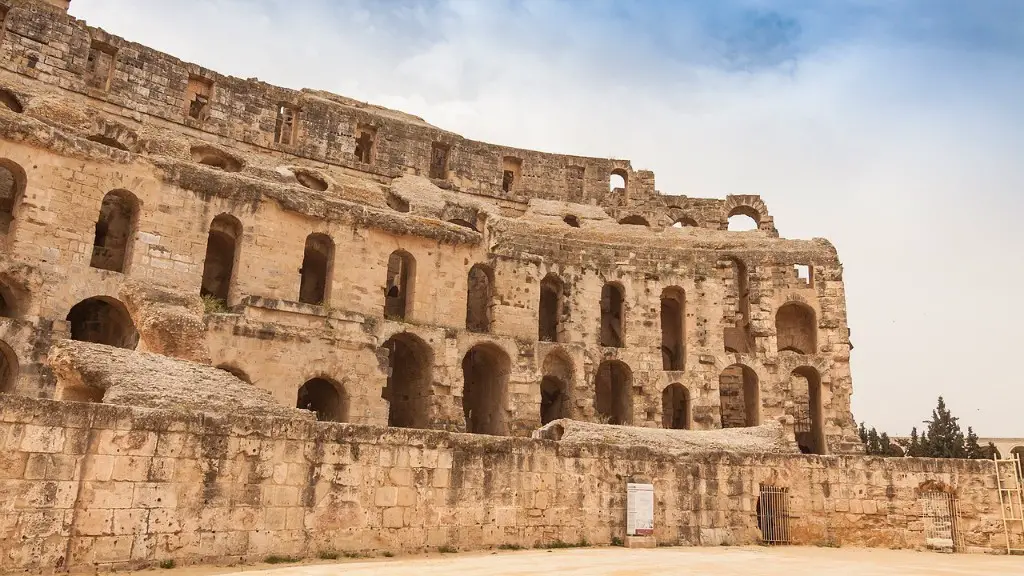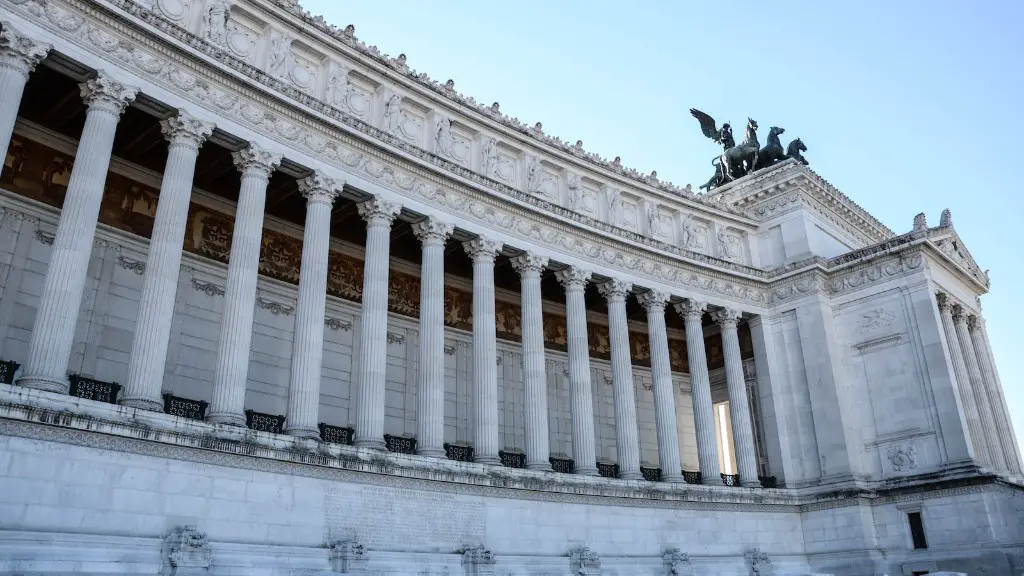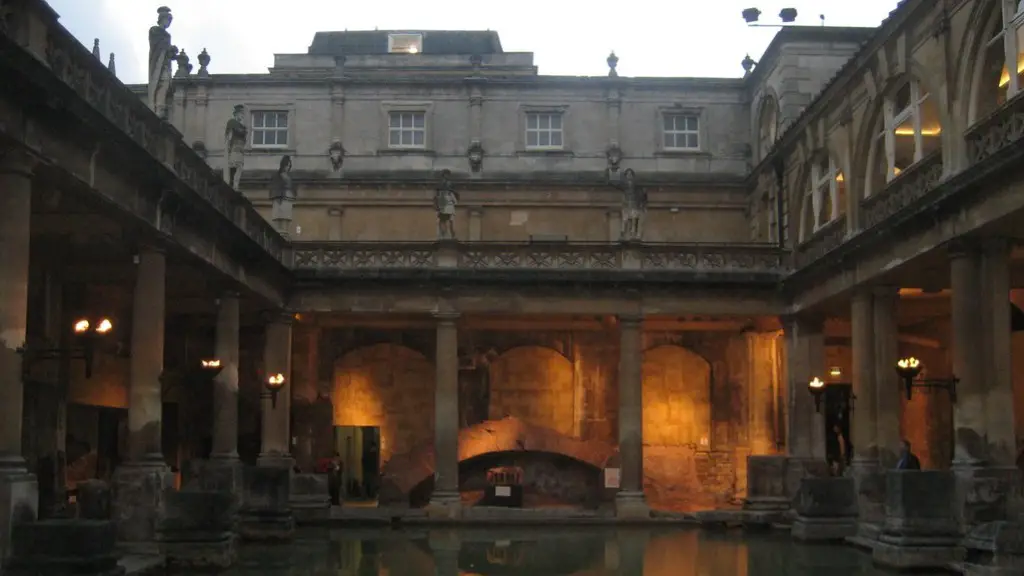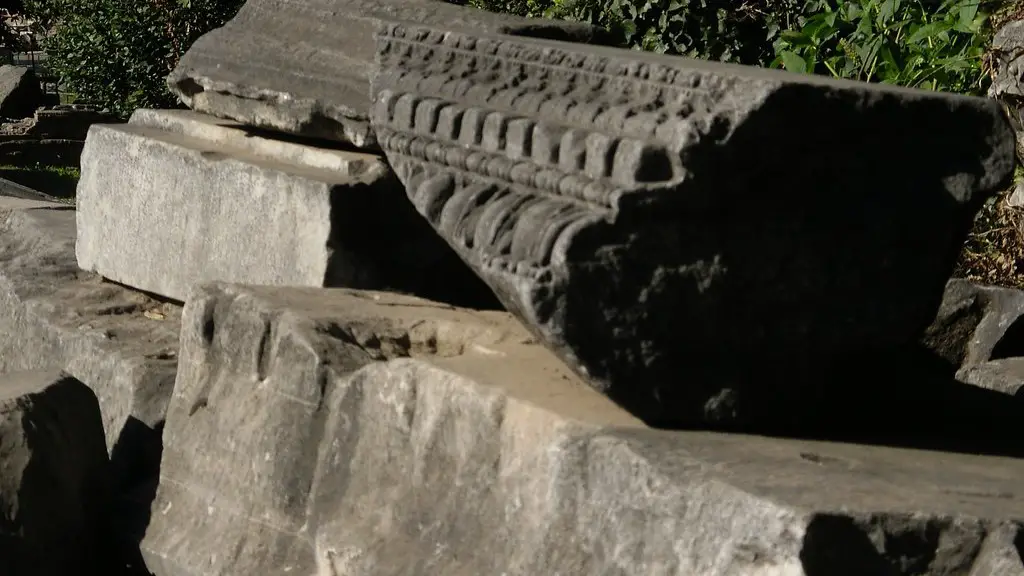The Ancient Roman Empire was one of the most influential civilizations in history, and it existed from the 8th century BCE until the fall of the Western Empire in the 5th century CE. Their legions conquered much of Europe, the Middle East and North Africa, and the empire was instrumental in developing law, religion, education, art, engineering and medicine. Rome was arguably the most powerful nation in the world for centuries and left an indelible mark on Western culture. But what do we know about when the Ancient Romans actually lived?
The exact timeline of when the Ancient Romans lived is debated by scholars, however most agree it began around 753 BCE when Romulus and Remus founded the city of Rome. Early historians pointed to 753 BCE as the beginning of Rome’s monarchy, followed by the Roman Republic in 509 BCE and the Roman Empire in 27 BCE. These three distinct periods of Roman history were separated by moments of great political, economic and cultural change. The Roman Republic of the 5th century BCE, for example, was a period of political and social reform which led to the rise of Julius Caesar and the establishment of the Roman Empire.
Rome’s rise to power was rapid and dramatic. Under the rule of Julius Caesar and his adopted son Augustus, the Roman Empire grew and spread across large swathes of Europe, the Near East and North Africa. This expansion was propelled by the powerful Roman army, which was renowned for its discipline and efficacy. By the 2nd century CE, Rome was the largest and most powerful Empire in the world.
The period from the reign of Augustus in 27 BCE to the death of Hadrian in 138 CE has been described by many historians as the Golden Age of Rome. This was a time when the arts flourished, and Rome was home to some of the greatest writers, philosophers and artists in history, such as Virgil, Cicero and Ovid. The Roman Empire reached its peak during this period and its power and influence extended beyond borders. This period is seen by many modern-day historians as the highest point in Roman history.
The fall of the Western Roman Empire began in the 5th century CE, as the Empire fractured and its power began to decline. Barbarian invasions, civil wars and economic decline led to the eventual collapse of the Empire in 476 CE. This marked the end of the Roman Empire, however the legacy of Rome was far reaching and it continues to have an effect on politics, culture and art today.
Military Expansion
The Ancient Romans were renowned for their military prowess, and their success in battle was one of the key factors in their rise to power. The Roman legions were regarded as the most formidable military force in the world, and they were able to expand the borders of the Roman Empire with relative ease. This expansion was thanks largely to the efficiency and discipline of the legions, which was famous throughout the world. Moreover, the Roman legions also made use of sophisticated tactical manoeuvres, such as ambushes and siege warfare, in order to conquer their enemies.
The Roman army was divided into legions, each with around five thousand soldiers. In addition to regular soldiers, the legions consisted of the cavalry, which was highly skilled in mounted combat, and the auxiliaries, which were mercenaries hired from other nations. The Roman legions were also well-equipped, and they made use of advanced weapons such as the pilum and the gladius, which were designed to pierce armour and cause maximum damage.
The Roman army was able to conquer large swathes of Europe, the Middle East and North Africa, creating an empire which at its peak ruled over an area of approximately 5.5 million km². The Roman Empire lasted for centuries, and its influence on the ancient world was profound.
Culture, Religion and Society
In addition to their military prowess, the Ancient Romans were also known for their cultural and religious achievements. By the 2nd century BCE, Rome became the most important center of culture in the Western world and it was home to some of the greatest writers, philosophers, artists and architects in history. Roman culture also spread throughout the empire via trade and conquest, and it had a profound influence on the art and architecture of other civilizations, such as the Greeks.
Religion was also an important factor in the development of the Roman Empire, and the official religion was paganism. The pantheon of Roman gods and goddesses included Jupiter, Mars and Venus, and these deities were said to have the power to influence the fortunes of the Romans. The Romans also practiced divination and beliefs in magic, and the study of astrology was highly respected.
Civic life in Rome was based on a complex system of laws which protected the rights of citizens, and Roman law had a lasting impact on modern legal systems. Roman society was also highly hierarchical and class-based, with power resting with the wealthy patrician class. Slavery was also commonplace in the Roman Empire, and it was a major form of labour. Despite this, the Roman Empire was one of the most advanced societies of its time.
Collapse of the Roman Empire
The fall of the Roman Empire began in the 5th century CE, however the exact causes of its collapse are wide ranging. Barbarian invasions, civil wars, economic decline and the increasing burden of taxation all contributed to the collapse. Moreover, the schism between the Eastern and Western Empires led to internal strife, and this weakened the empire further. By 476 CE, the Western Roman Empire had fragmented, and its power had waned.
The collapse of the empire was also due, in part, to the growing influence of Christianity in the Roman world. In the 4th century CE, Emperor Constantine I converted to Christianity, and the religion slowly gained power and influence throughout the empire. This was seen as a threat by some, and it led to the rising political tensions which eventually led to the fall of the Roman Empire.
The fall of Rome had an enormous impact on the world, as it marked the end of an era. However, much of the legacy of Rome is still apparent today, particularly in terms of law, politics, religion and Western culture. The Roman Empire had a profound impact on the history of the world, and its legacy still stands today.
Modern Influence of Rome
The influence of the Ancient Roman Empire is still apparent in the modern world, and it has had a lasting impact on politics, law, art, architecture and culture. Many of the political systems used today are based on Roman ideals, particularly the idea of a republic, in which power lies with the people. Moreover, Roman law is still present in many legal systems, particularly in terms of criminal law. Roman architecture has also been highly influential, particularly in terms of its triumphal arches, public baths and amphitheatres.
The culture of the Ancient Romans has also had a lasting impact on the modern world, particularly when it comes to art and literature. Many of the works of the Roman writers, such as Virgil, Ovid and Cicero, are still read and studied today. Moreover, the legacies of renowned Roman artists such as Michelangelo and Raphael remain highly influential in the world of art. The Ancient Romans have certainly left an indelible mark on the world.
Archaeology and Roman History
Archaeology has been a major factor in the study of Ancient Roman history and culture. Archaeologists have discovered a wealth of information about the Roman world, including artefacts, written texts, artwork and buildings. This has allowed scholars to piece together much of the history of the Roman Empire, and to gain a greater understanding of the impact it had on the ancient world.
The study of ancient Roman buildings and artefacts has also been a major source of information. Through the excavation of these relics, archaeologists have been able to gain insight into the lives of the Ancient Romans and how they lived. This has allowed scholars to further expand our understanding of Roman culture and to gain a greater appreciation of its complexities.
Modern technology has also been a major factor in the study of Ancient Roman history and culture. Through technologies such as x-rays and scanning advances, archaeologists have been able to analyse Roman remains in greater detail. This has opened up a new world of possibilities for the study of Ancient Rome and has allowed scholars to uncover new and exciting aspects of Roman history.
Conclusion
The Ancient Roman Empire was one of the most influential civilizations in history and its legacy can still be seen in many aspects of modern life. From its political systems to its art, architecture and culture, the Ancient Romans left an indelible mark on the world. Although much of their history has been lost to time, the study of archaeology, literature and modern technology have allowed us to gain an appreciation of the complexity of Roman culture and its lasting effects.
